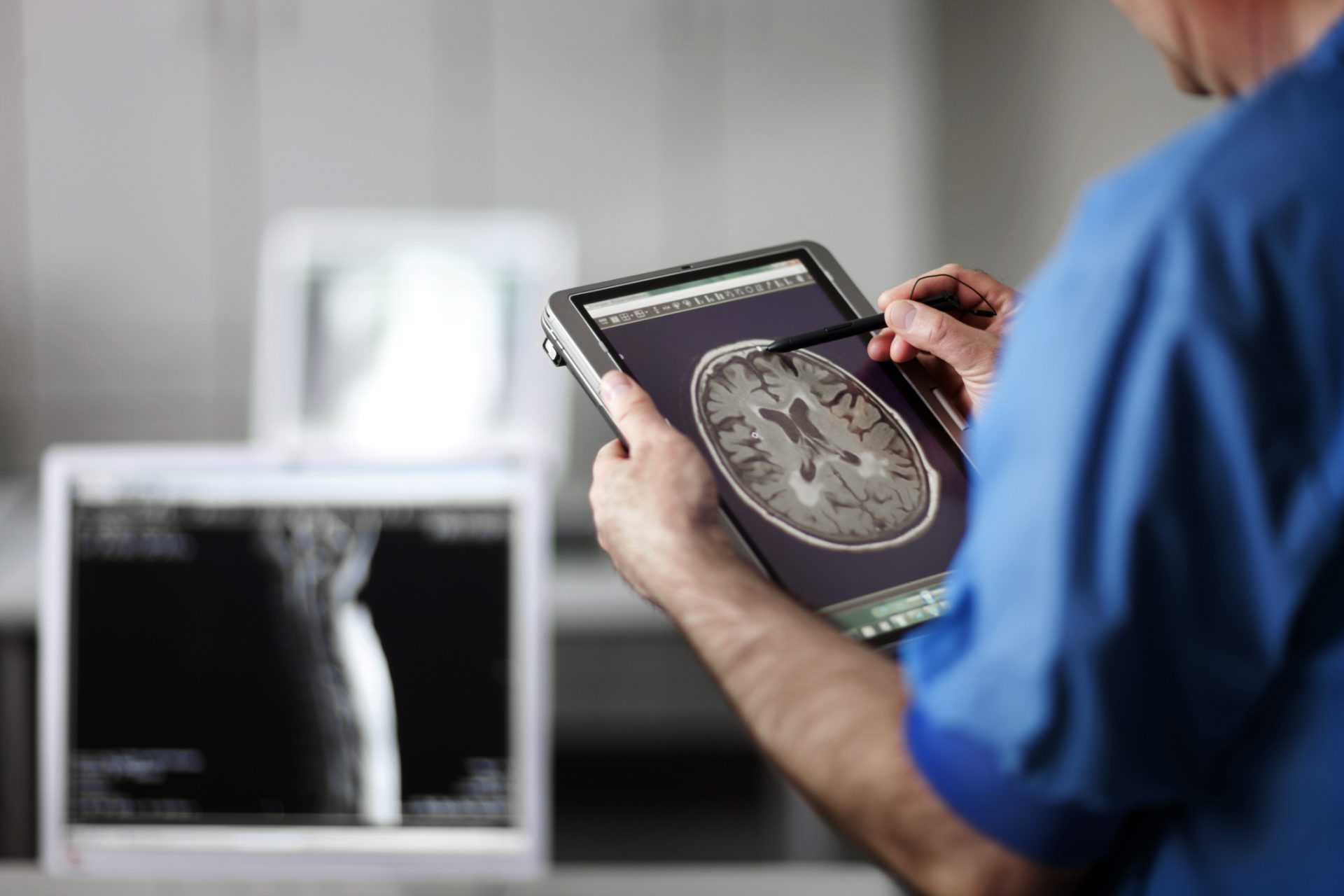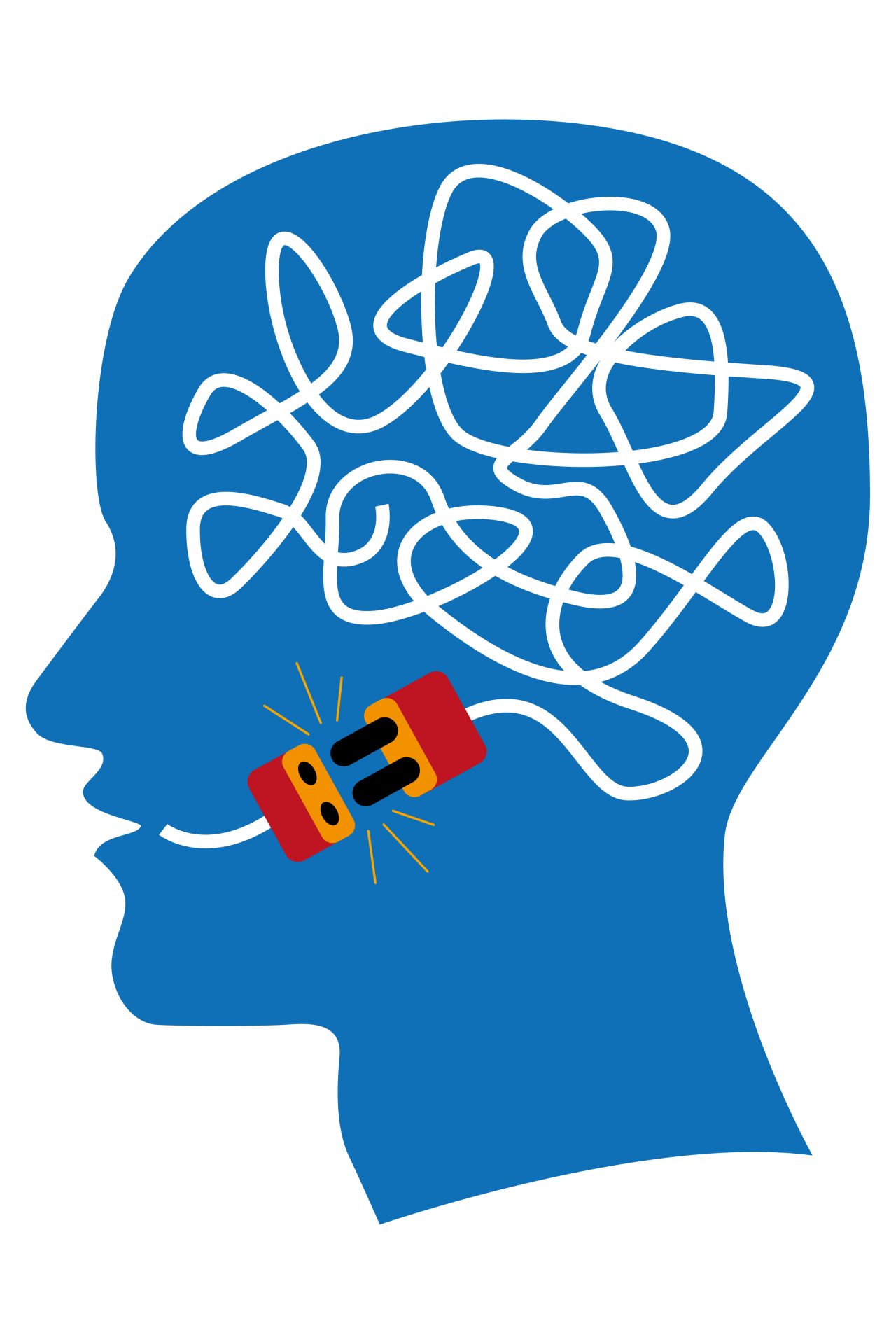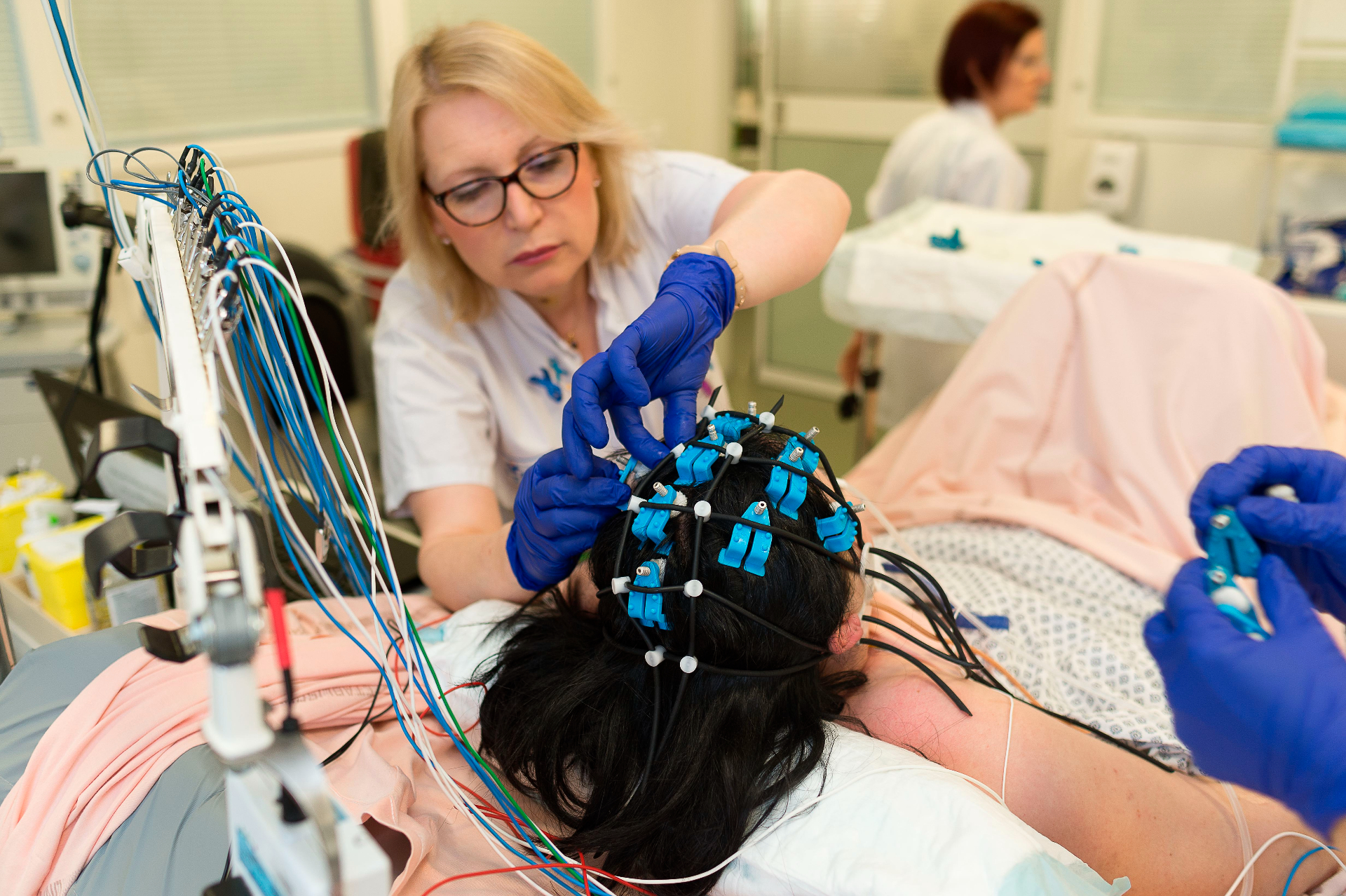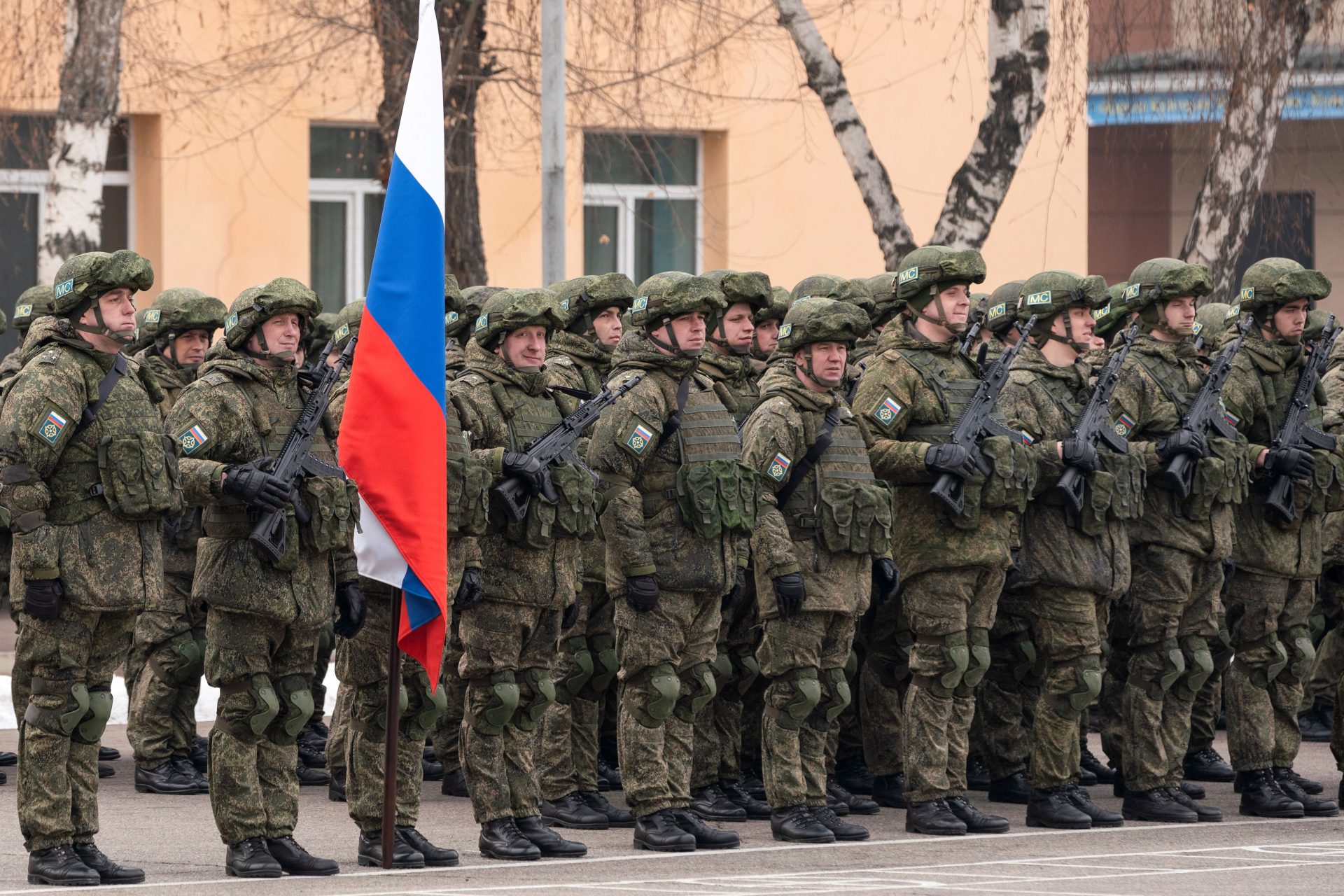Did you know someone in a coma can have a hidden consciousness?
When a patient is in a coma, family members and doctors are constantly expecting any small movement or reaction to know they are still somewhere inside their brain.
However, in some cases, even if the patient is aware of their surroundings, they will be unable to demonstrate it by moving their body. The phenomenon is known as hidden consciousness.
Researchers have studied hidden consciousness for almost a decade and confirmed that some unresponsive patients have brain activity and can "hear" commands.
Scientists have also confirmed that these patients "understand" those commands. Different brain areas activate when a doctor asks them to move their left or right hand.
Still, the patient will be unable to move because their body does not respond to comands, so hidden consciousness is also known as cognitive motor dissociation (CMD).
A 2022 study published in The Lancet claims that around 15% of the patients in a random sample of 193 subjects had CMD.
The study, done between 2014 and 2021, also concluded that patients with hidden consciousness had more chances to recover than other unresponsive patients.
Experts cited by Scientific American said early detection is critical to help these patients recover through rehabilitation and other treatments.
Detecting brain activity early can also give families hope for potential recovery and help them avoid wrong terminal decisions.
Luckily, a 2023 Columbia University study made the first step towards making CMD diagnosis accessible for everyone.
The purpose of the study was to understand the mechanism behind CMD. It studied the brain activity of 107 unresponsive patients; 21 had hidden consciousness.
The researchers concluded that the possible sources of motor dissociation are injuries in the brain circuits that send instructions to the muscles.
The team developed a bi-clustering analysis technique to identify injury patterns and found similarities in patients with CMD.
The researchers believe doctors could quickly screen unresponsive patients for CMD using those patterns.
Right now, CMD detection is not standard in general hospitals. Doctors use EEG scans for brain activity, which are expensive and complex.
The new technique allows doctors to spot patients with CMD using MRI machines, which are much more common in hospitals worldwide.
More for you
Top Stories





























